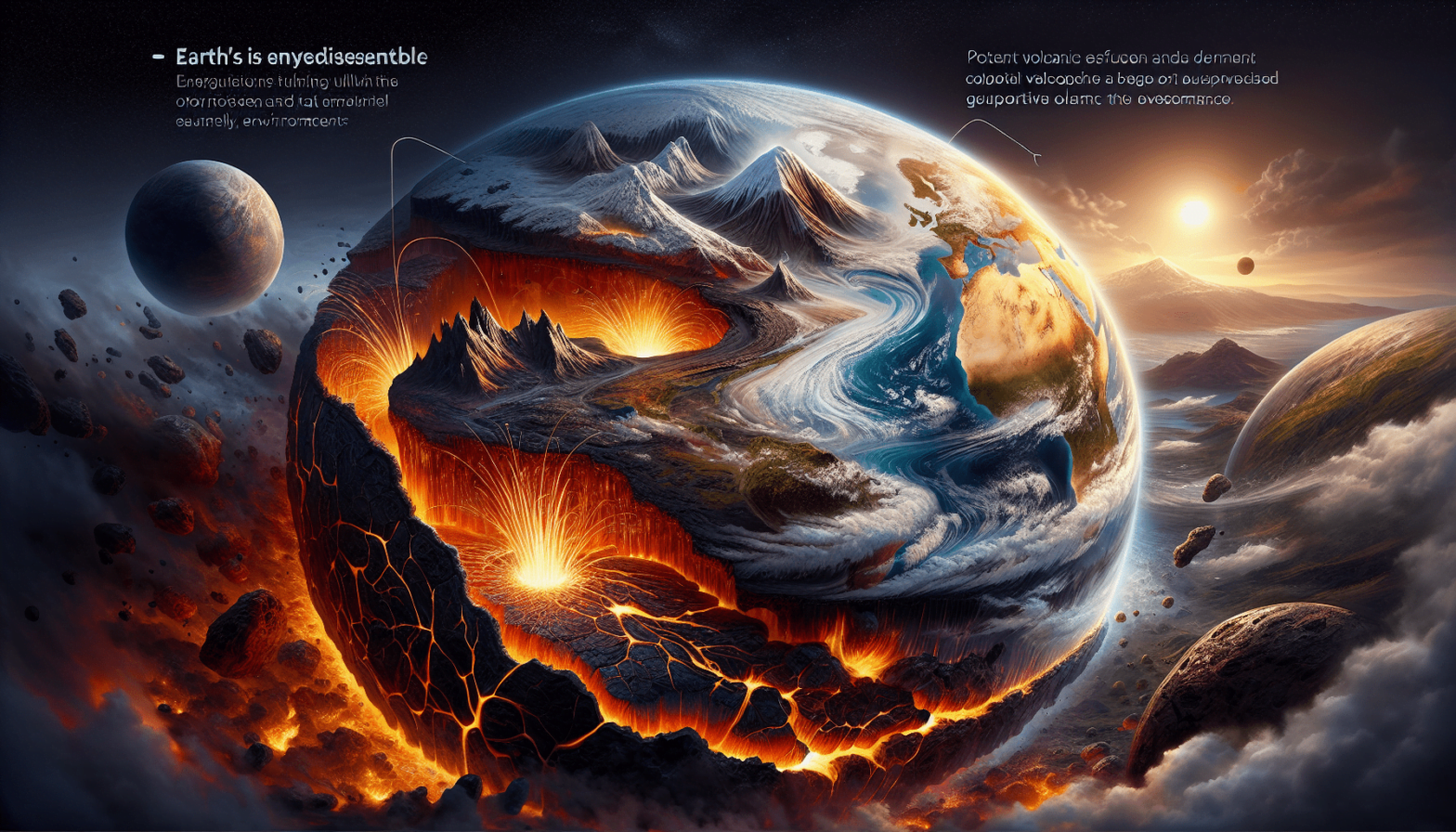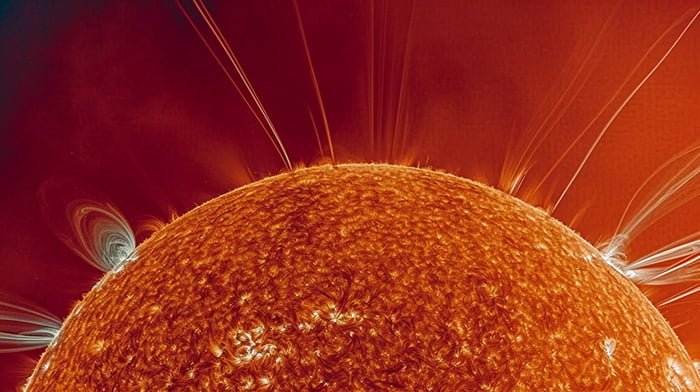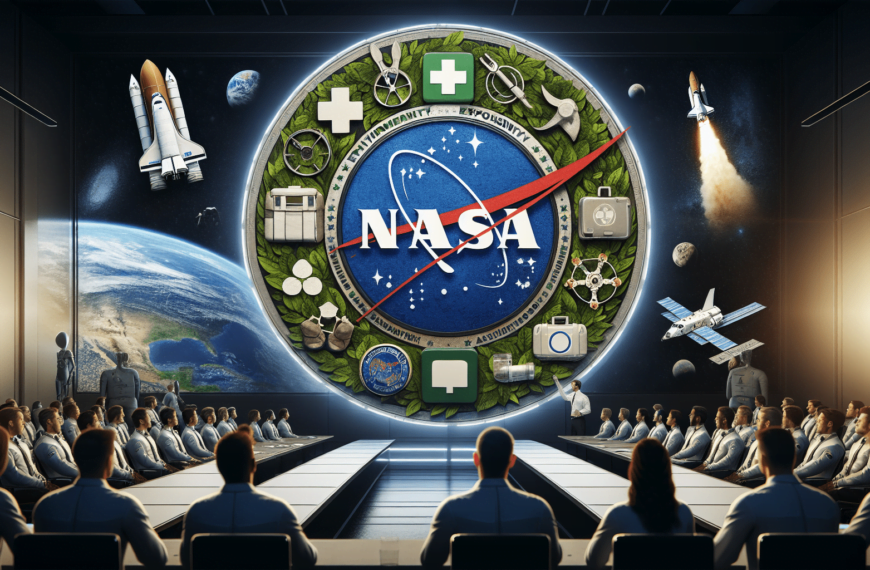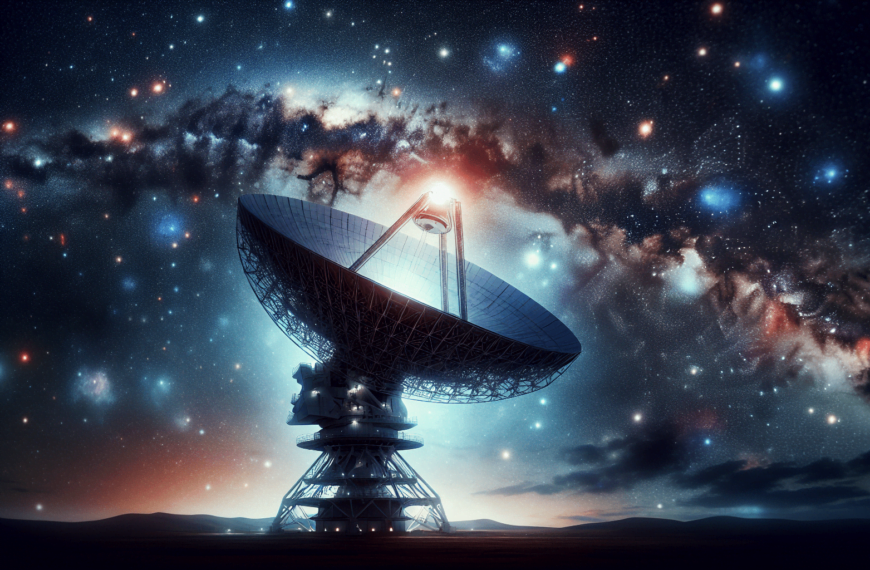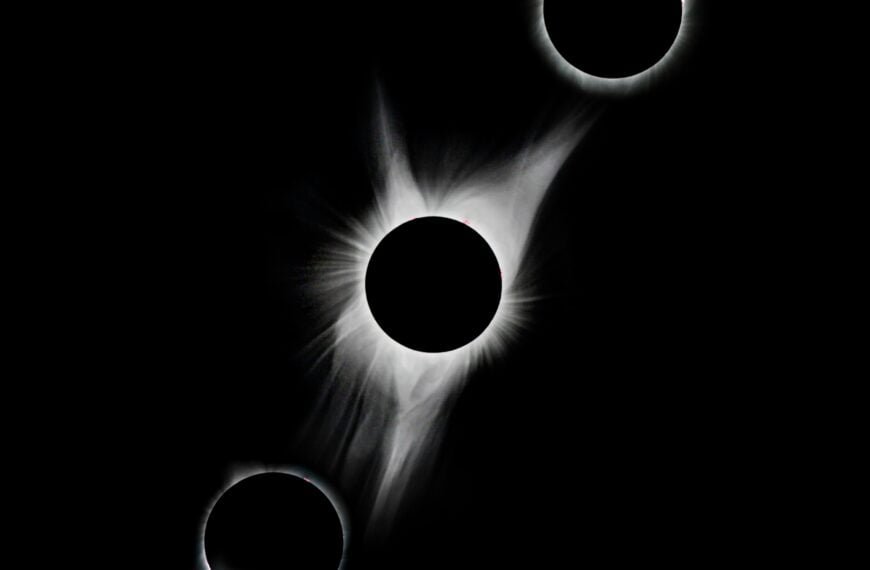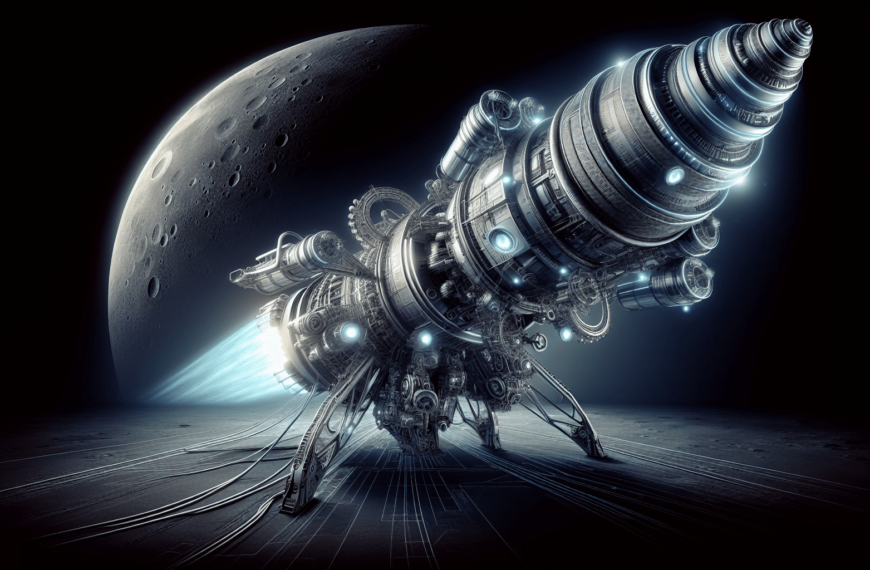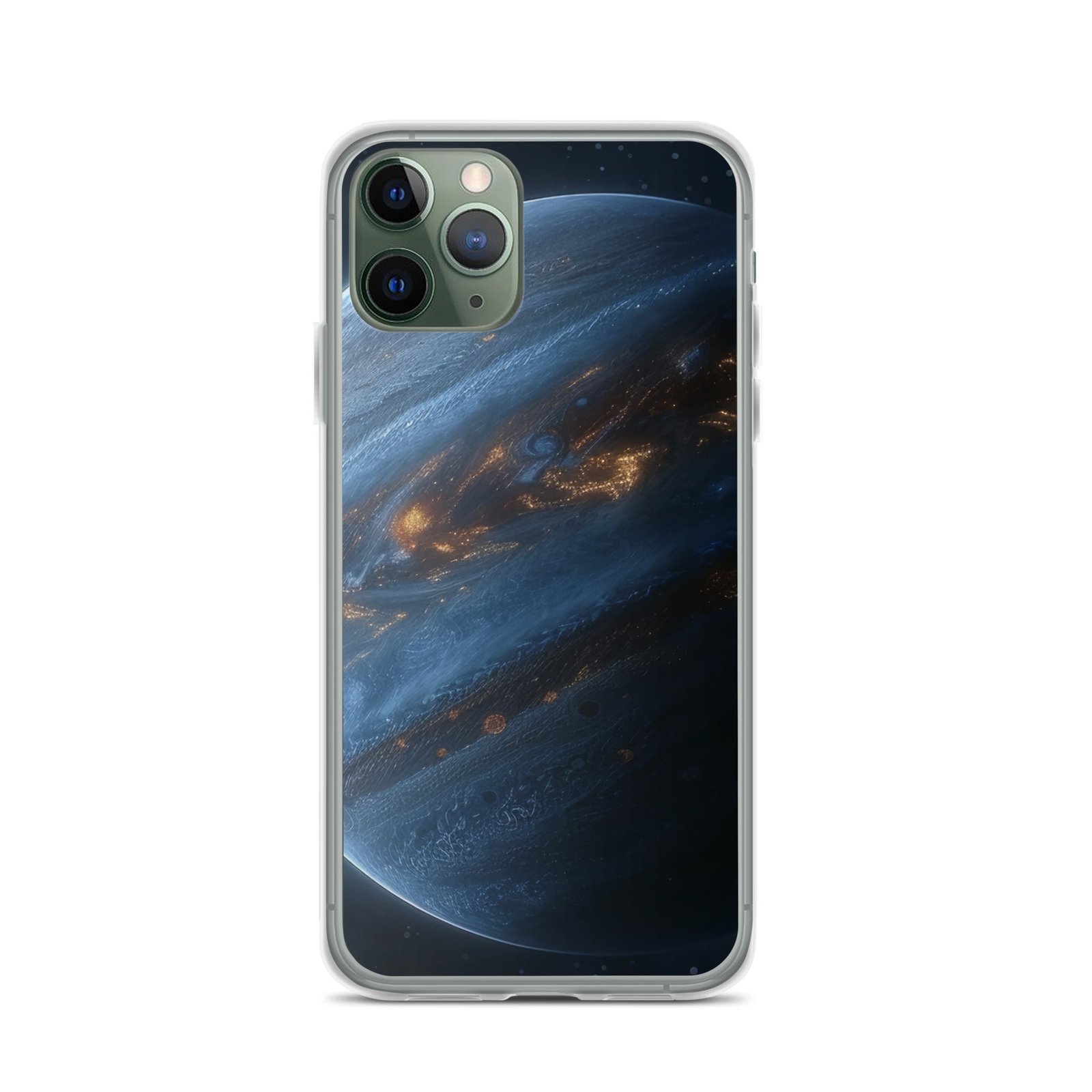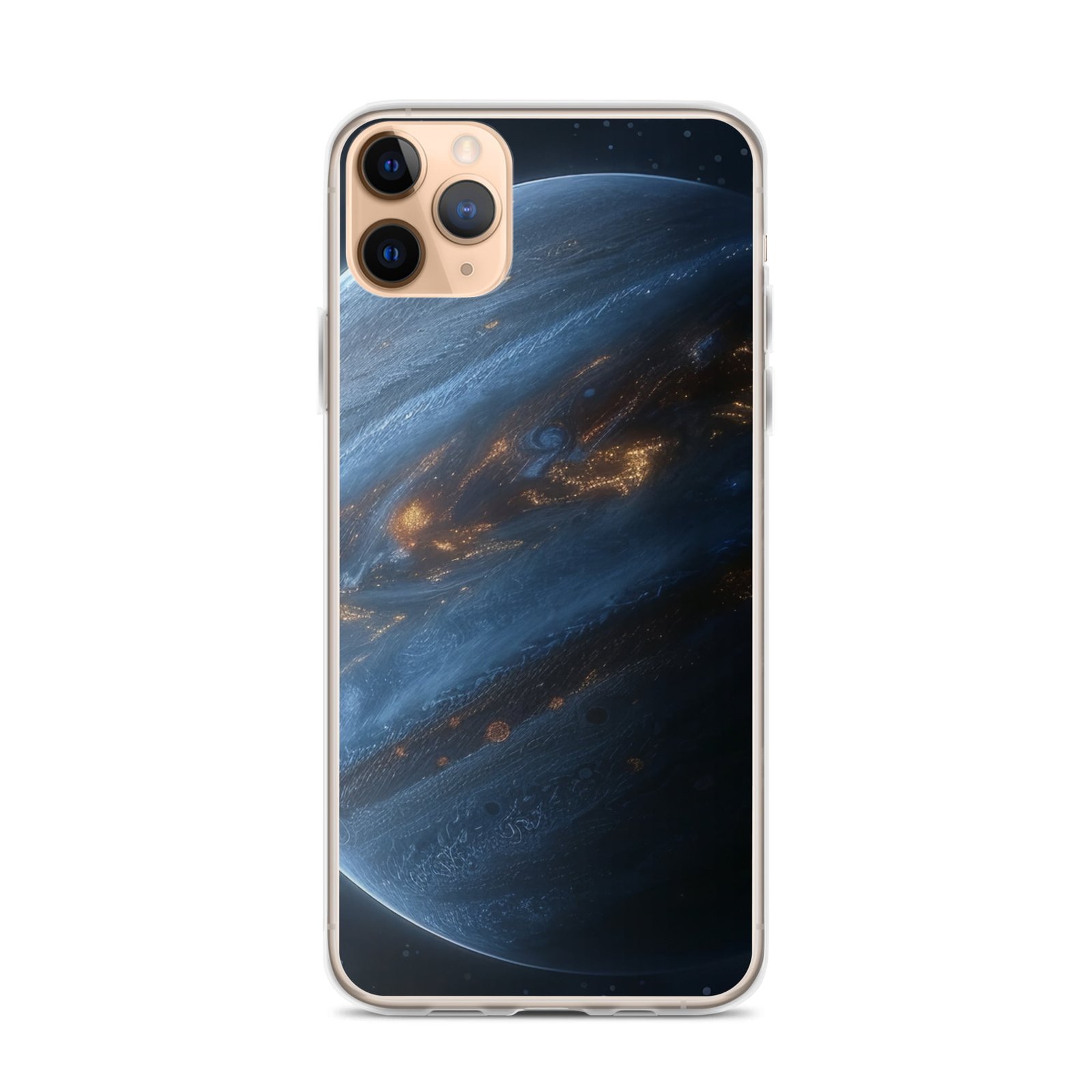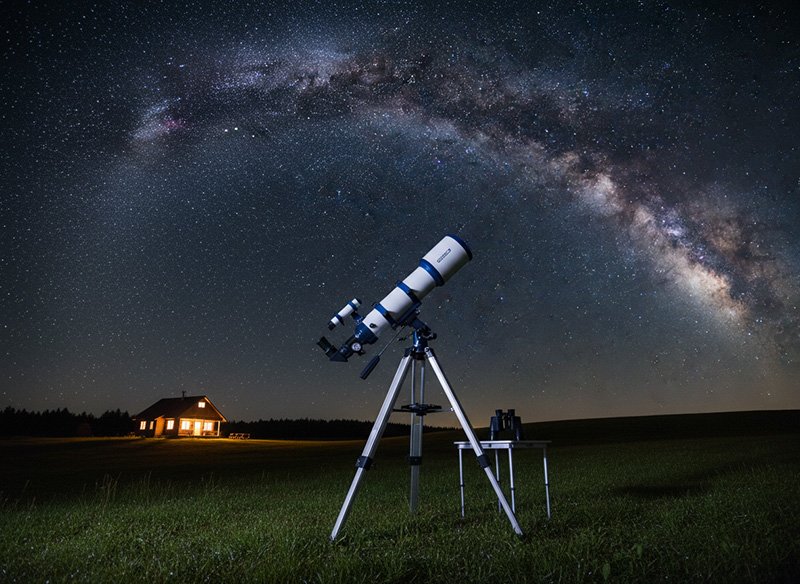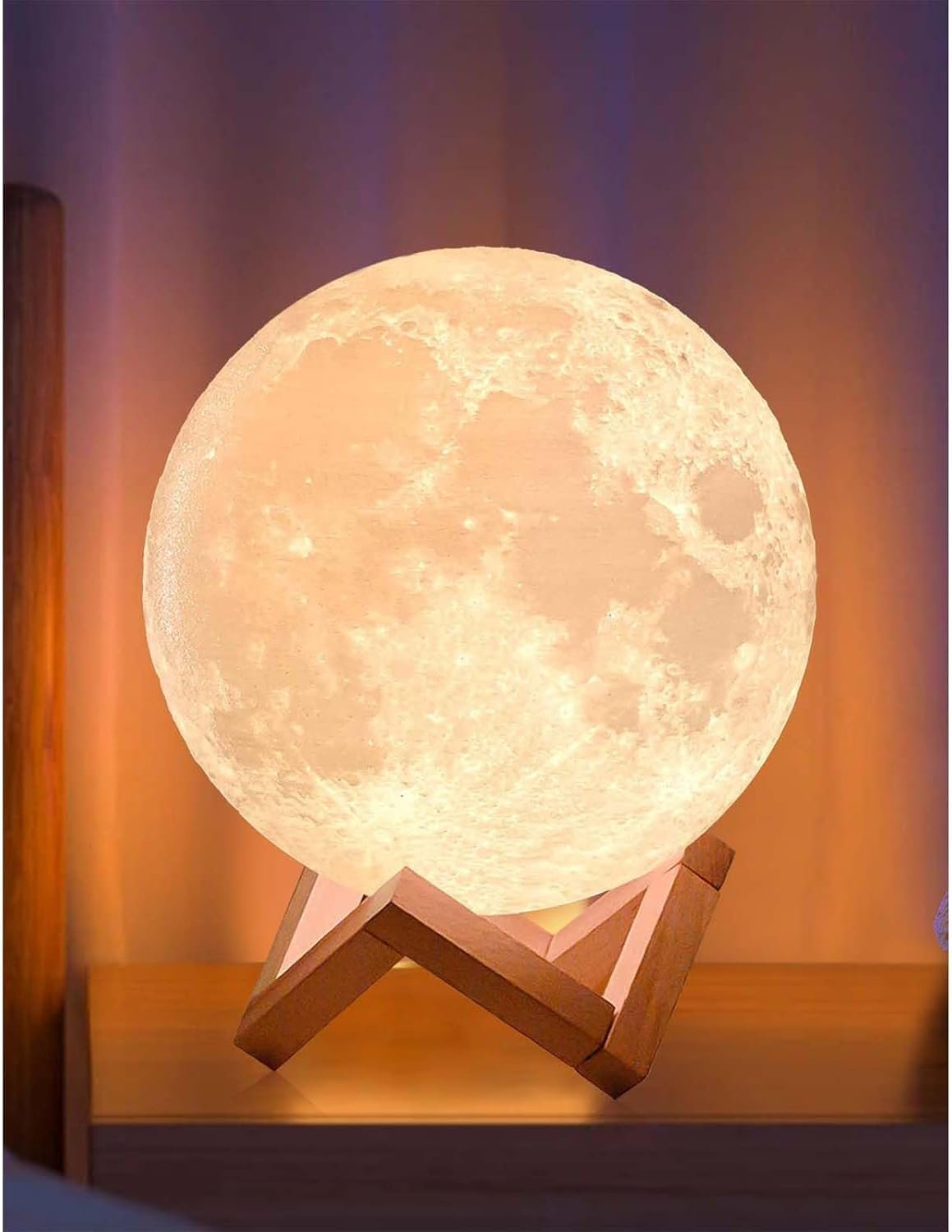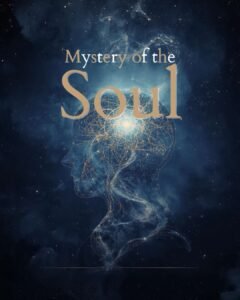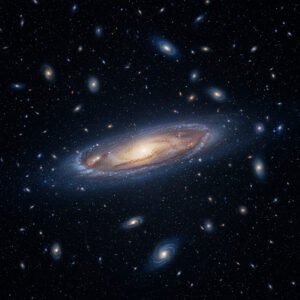In the world of cosmology, there exists a perplexing mystery known as the Hubble tension problem. Essentially, all the evidence available points to a universe that started off hot and dense, then expanded at an ever-increasing rate, resulting in the universe we see today. However, when it comes to measuring this expansion rate, there is disagreement among scientists. The measurements, although in the same ballpark, do not overlap due to small uncertainties. Astronomers have been investigating various explanations for this tension, including the accuracy of Cepheid variable stars, which play a crucial role in determining cosmic distances. However, a new study using observations from the James Webb Space Telescope (JWST) has ruled out Cepheid variable error as an explanation for the Hubble tension, bringing us closer to uncovering the true nature of cosmic expansion.
Understanding the Hubble Tension
The mystery of the Hubble tension
The Hubble tension is a perplexing problem in cosmology that arises from the discrepancy in the measured rate of expansion of the universe. While all observational evidence supports the idea that the universe began in a hot, dense state and has been expanding ever since, the exact rate of expansion as determined by different methods does not align. This inconsistency has led to great confusion and frustration among astronomers, as it challenges our understanding of the fundamental principles governing the universe.
Observational evidence and the rate of expansion
Measuring the rate of cosmic expansion involves various methods and techniques, including the use of distant supernovae, cosmic distance ladder, and the study of Cepheid variable stars. While these methods provide valuable insights into the universe’s expansion, they also introduce uncertainties and potential errors. The Hubble tension arises when these uncertainties do not overlap, resulting in a lack of consensus on the precise value of the Hubble parameter.

Uncertainty in measurements and the distance ladder
The cosmic distance ladder is a crucial tool in estimating distances to celestial objects. It relies on a step-by-step process, where measurements of closer objects are used to calibrate the distances of more distant objects. However, each step in this ladder introduces its own level of uncertainty, which compounds as we move to greater distances. If any errors or inaccuracies occur at a particular step, it can significantly impact our understanding of cosmic expansion and contribute to the Hubble tension.
The Role of Cepheid Variable Stars
Overview of Cepheid variables
Cepheid variable stars are a specific type of variable star that undergoes periodic changes in brightness. These fluctuations in luminosity are directly related to the star’s overall brightness, making Cepheids ideal celestial objects for measuring distance within our galaxy and beyond. Their unique properties have helped astronomers establish the period-luminosity relation, a critical tool for cosmological investigations.
The period-luminosity relation
Henrietta Leavitt’s groundbreaking work in the 1800s revealed a significant correlation between the period of variability in Cepheid stars and their intrinsic brightness. This period-luminosity relation provided astronomers with a powerful method to determine the distance to Cepheids and, consequently, the distance to other celestial objects. However, refinements in our understanding of Cepheids and their variability factors have prompted reevaluation of the period-luminosity relation in recent years.
Cepheids in cosmic expansion discovery
Edwin Hubble’s pioneering work using Cepheid variables played a crucial role in confirming the expansion of the universe. By measuring the distances to galaxies hosting Cepheids, Hubble provided evidence of cosmic expansion and laid the foundation for modern cosmology. This discovery highlights the significance of Cepheids in furthering our understanding of the universe’s evolution.

Previous Studies on Cepheid Variable Error
Attempts to adjust the period-luminosity relation
Previous efforts to resolve the Hubble tension have focused on investigating potential errors or variations in the period-luminosity relation of Cepheid variables. By refining our understanding of how different factors affect Cepheid variability, scientists hoped to reconcile the inconsistencies in the Hubble parameter obtained through various distance measurement techniques. However, initial attempts to adjust the period-luminosity relation did not yield promising results.
Results and feasibility of solving the Hubble tension
Despite the lack of success in previous studies, the search for potential errors in the period-luminosity relation continues. Investigating uncertainties within the Cepheid variable data remains critical to addressing the Hubble tension and understanding the accuracy of distance measurements. Scientists are committed to exploring every possible avenue to resolve this cosmological dilemma.
Introduction to the JWST Study
Advantages of JWST over Hubble
The James Webb Space Telescope (JWST) offers significant advantages over its predecessor, the Hubble Space Telescope, in observing Cepheid variables. Operating in the infrared spectrum, JWST can penetrate interstellar dust more effectively, providing clearer and more accurate observations of these stars. Additionally, JWST’s superior observational capabilities help address issues such as crowding, where the light from Cepheids can be overwhelmed by nearby stars in the same cluster.
Observing Cepheids in infrared light
Infrared observations of Cepheid variables offer several benefits in terms of accuracy and data quality. By capturing the infrared radiation emitted by Cepheids, astronomers can mitigate the detrimental effects of dust and obtain more precise measurements of their brightness and variability. These improved observations are essential in refining the period-luminosity relation and investigating potential sources of error.
Addressing the issue of crowding
The phenomenon of crowding, where the light from Cepheid stars is contaminated by nearby stars in the same cluster, poses a challenge for accurate measurements. JWST’s advanced capabilities and higher resolution enable the disentanglement of light from neighboring stars, minimizing the impact of crowding on Cepheid observations. This capability significantly enhances the accuracy and reliability of distance measurements.

Methodology of the JWST Study
Sample size and data collection
The JWST study on Cepheid variables involved an extensive sample size, comprising more than a thousand Cepheids. By observing a large number of these stars, scientists aimed to collect comprehensive data to establish a robust and precise distance relation. The data collection process involved meticulous observations and measurements to ensure accuracy and validity.
Precise determination of distance relation
Building upon previous studies, the JWST observations provided unprecedented precision in determining the distance relation for Cepheids. By refining the period-luminosity relation and accounting for potential variations, the study aimed to obtain an accurate measurement of cosmic distances based on Cepheid variables. The combined efforts of astronomers and advanced instrumentation greatly improved our understanding of these fundamental celestial beacons.
Statistical analysis and significance
To evaluate the reliability of the results, the JWST study included rigorous statistical analysis. By assessing the significance level, researchers quantified the confidence in ruling out Cepheid variable error as a contributor to the Hubble tension. The study’s high statistical confidence level further strengthens the scientific community’s understanding of the complexity of cosmic expansion.
Results of the JWST Study
Confirmation of Cepheid distance relation
The JWST study successfully confirmed and refined the period-luminosity relation for Cepheid variable stars. By analyzing the collected data, scientists demonstrated that variations in Cepheid variables could not account for the Hubble tension. This finding represents a significant advancement in our understanding of these critical distance indicators.
Ruling out Cepheid variable error
With an unprecedented statistical significance level, the JWST study conclusively ruled out Cepheid variable error as a source of the Hubble tension. The meticulous observations and precise measurements conducted by JWST scientists provide strong evidence against variations in Cepheid variables significantly impacting the accuracy of distance measurements used in cosmic expansion calculations.
High statistical confidence level
The JWST study’s statistical analysis yielded a confidence level of 8-sigma, far surpassing the conventional 5-sigma threshold considered as “certain” in scientific research. This exceedingly high confidence level emphasizes the reliability and validity of the study’s findings, lending substantial weight to the conclusions drawn from the rigorous analysis of Cepheid variables.

Implications for the Hubble Tension
Significance of ruling out Cepheid error
The JWST study’s findings have profound implications for the Hubble tension problem. By ruling out Cepheid variable error with high statistical confidence, scientists can now focus on other potential explanations for the observed discrepancy in the rate of cosmic expansion. This result narrows down the possible causes, paving the way for further investigations and a more refined understanding of the universe’s evolution.
Limitations and potential explanations
While ruling out Cepheid variable error is a significant step forward, it does not completely solve the Hubble tension. The remaining discrepancies may stem from other factors such as spacetime structure, dark energy, or unknown phenomena that we have yet to discover. It is essential to acknowledge these limitations and explore alternative explanations to gain a comprehensive understanding of cosmic expansion.
Need for further research and understanding
The JWST study represents a crucial milestone in unraveling the mysteries of the Hubble tension. However, it also highlights the need for continued research and exploration in the field of cosmology. By delving deeper into the intricacies of cosmic expansion and incorporating new observational techniques and theoretical frameworks, astronomers can strive towards a more complete understanding of the universe.
Unresolved Questions in Cosmic Expansion
Possible causes of the Hubble tension
Despite significant progress, the exact causes of the Hubble tension remain elusive. Investigating potential explanations is vital to bridge the gap between different measurements and arrive at a cohesive understanding of cosmic expansion. Factors such as spacetime structure, dark energy, or other unknown phenomena may play significant roles in shaping the rate of expansion, necessitating further investigation.
Spacetime structure, dark energy, or unknown factors
The study of spacetime structure, the enigmatic nature of dark energy, and the existence of unknown factors pose intriguing avenues for research into the Hubble tension. Scientists continue to explore these possibilities, analyzing data, developing theoretical models, and conducting experiments to shed light on the underlying mysteries of cosmic evolution. These complex and intertwined subjects require interdisciplinary collaboration and a multifaceted approach toward resolution.
Importance of continued investigation
The Hubble tension represents a major challenge and an exciting opportunity for astronomers and cosmologists alike. By deepening our understanding of cosmic expansion, we gain insights into the fundamental nature of the universe. The continued investigation into the Hubble tension promotes scientific progress, fosters interdisciplinary collaborations, and fuels the curiosity that drives humanity’s quest for knowledge.

Conclusion
Summary of findings
The Hubble tension, a perplexing discrepancy in the measured rate of cosmic expansion, has been the subject of extensive research. The study of Cepheid variable stars, an essential component of the cosmic distance ladder, has played a crucial role in addressing this cosmological mystery. The JWST study, through meticulous observations and precise measurements, has ruled out Cepheid variable error as a significant contributor to the Hubble tension.
Importance of the Hubble tension problem
The Hubble tension problem represents a significant scientific challenge that requires further investigation. Resolving this tension not only deepens our understanding of cosmic expansion but also addresses fundamental questions about the nature of the universe. The quest to elucidate the underlying causes furthers scientific progress and opens up new avenues for discovery and exploration.
Future directions for research
The JWST study’s findings propel us into a new era of exploration and understanding of cosmic expansion. As we move forward, the scientific community must continue to investigate alternative explanations, refine measurement techniques, and explore theoretical frameworks. By collaborating across disciplines and leveraging advanced technology, we can push the boundaries of knowledge and unlock the secrets of the universe.
References
Riess, Adam G., et al. “JWST Observations Reject Unrecognized Crowding of Cepheid Photometry as an Explanation for the Hubble Tension at 8 sigma Confidence.” arXiv preprint arXiv:2401.04773 (2024).
Additional sources and related research.


